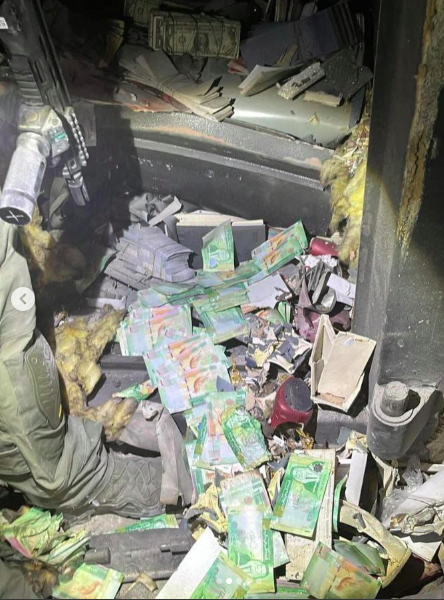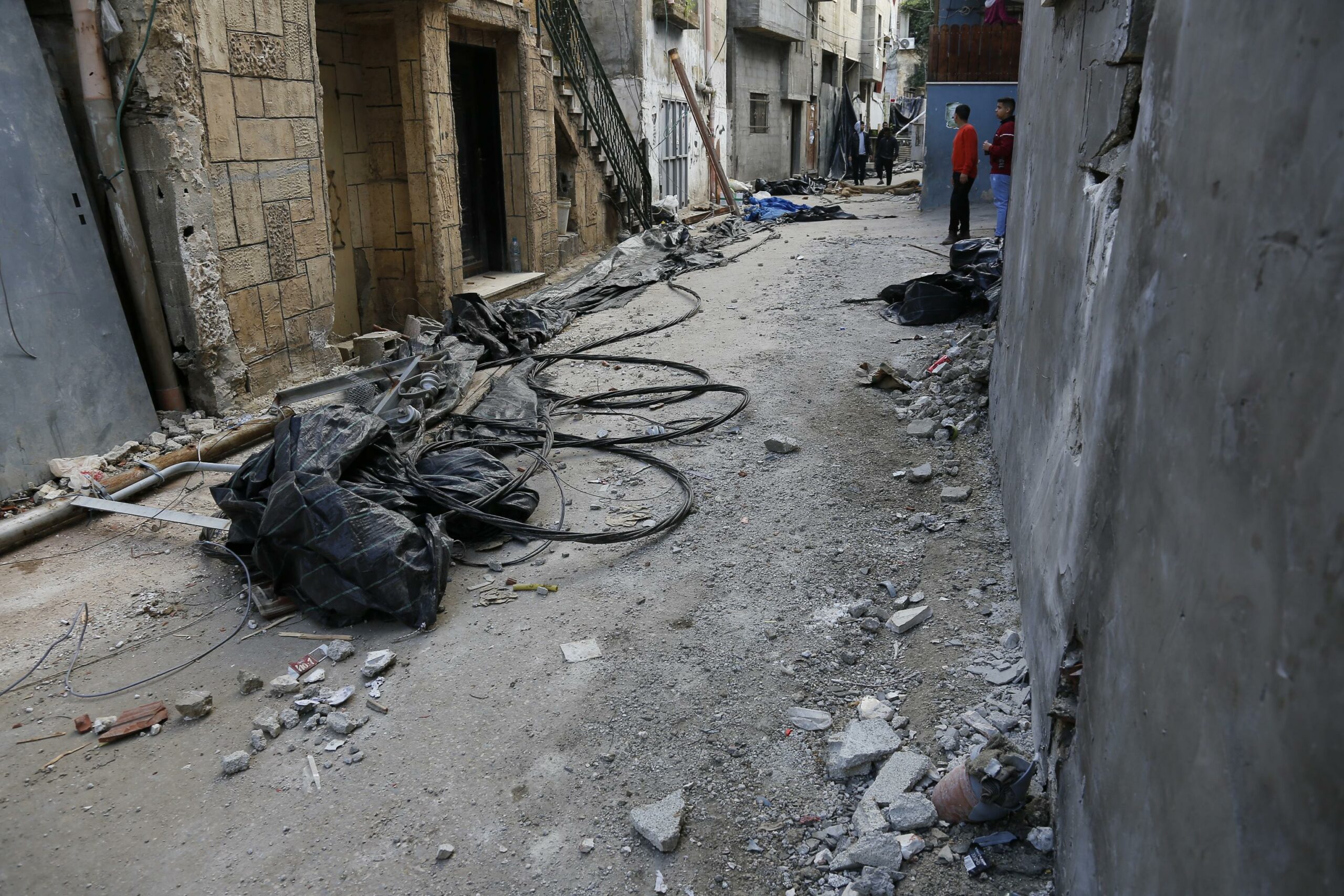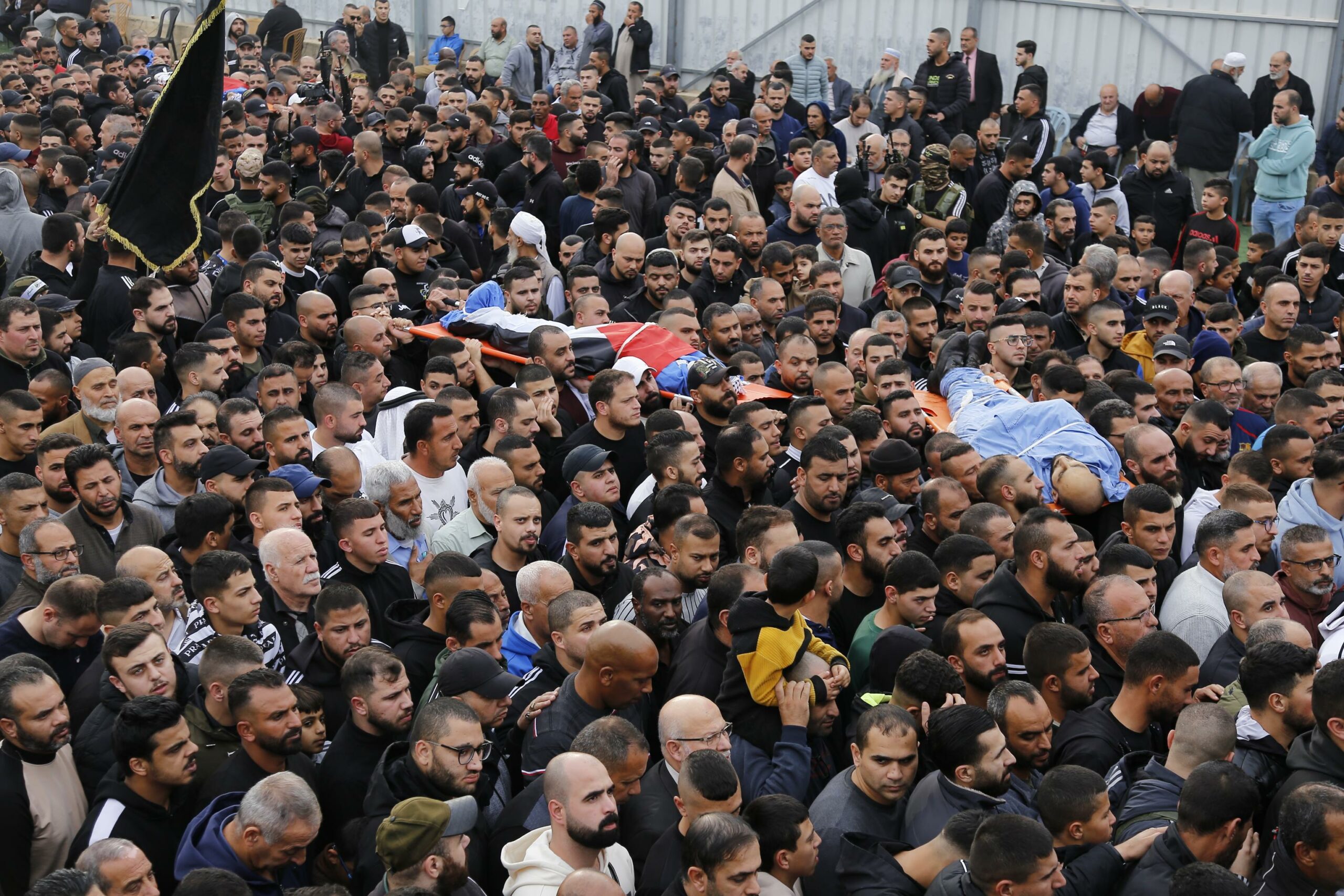Tag: Live Ammunition
-

Unprecedented Coordinated IOF Attacks in West Bank
Early this morning, between 1:00 am and 6:00 am, Israeli Occupation Forces invaded several cities across the West Bank. Of the 11 Palestinian governorates in the West Bank, 7 were invaded in a coordinated attack. Clashes were documented in Jenin, Hebron, Qalqilya, and Ramallah, with reports of invasions in Tulkarem, Nablus, and Jericho. Invasion forces…
-

Ongoing Israeli incursion: Nour Shams Refugee Camp
12/27/2023 Occupied West Bank By Diana Khwaelid A new Israeli incursion into the Nour Shams refugee camp northeast of the city of Tulkarm in the northern West Bank. Israeli incursion: Tuesday evening, December 26th the Israeli occupying forces stormed the Nour Shams camp in Tulkarm, accompanied by military vehicles, including D9 bulldozers, unmanned aerial vehicles,…
-

Tulkarm Bids Farewell to 5 Palestinians Killed in an Israeli Military Operation.
18 December 2023 | International Solidarity Movement | Nour Shams refugee camp By Diana Khwaelid An Israeli military operation lasted for more than 10 hours in the Nour Shams refugee camp. Destruction of infrastructure Dozens of military vehicles stormed the city of Tulkarem on the evening of Sunday, December 16, as they targeted the…
